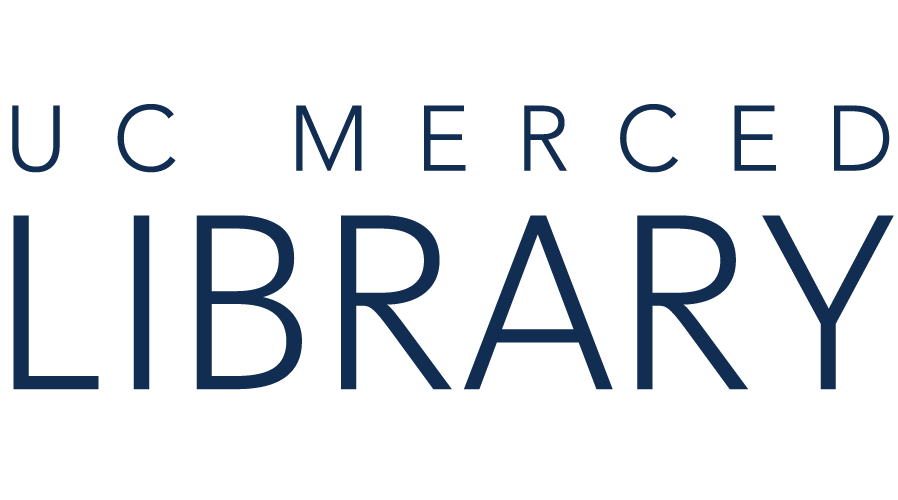Davidson Squibb, S., Salmon, E., & Yan, Y. (2023). Measuring the Impact of an Open Educational Resource and Library e-Resource Adoption Program Using the COUP Framework. The International Review of Research in Open and Distributed Learning, 24(4), 80–101. https://doi.org/10.19173/irrodl.v24i4.7420
ZCCM 2019-2021 Data + STIF funding data (Ramirez & Yarra courses) through December 2023
ZCCM grants to faculty totaling $31,000 have impacted 2,181 students in 19 courses with savings for students of $220,919.00 or an average of $101.00 per student enrolled in a ZCCM course. This does not account for continued savings. In spring 2023, we asked faculty previously awarded grants from 2019 to 2021 to identify if they were still using zero-cost course materials for students. Based on their responses, we calculated an additional $224,000 in savings for students.
Over 91% of student survey respondents in ZCCM courses (2019-2021) indicated that potential cost savings of course materials were moderately to extremely important to them. UC Merced California Public Interest Group (CALPIRG) student representatives have called attention to its research on college students and the costs of higher education including textbook costs.
A CALPIRG’s survey found that 11% of UC Merced students are “more likely than the national average to decide against buying or renting textbooks because they were too expensive. [And] 73% … indicated that they have either missed paying a bill, skipped a meal, worked extra hours, chosen between classes due to their relative costs, or dropped a class because they could not afford the materials. This is higher than the national average of 58%.” (from LASC/Library White Paper pg. 51).
-- *Savings numbers were calculating by taking the prices of previously used commercial materials in the course and multiplying them by the number of students enrolled in the zero-cost course materials courses.
In fall 2022 we were able to re-start mini-grants ($1,000 or $1,500) for faculty who were using open-educational resources (OER) and/or library-available resources to eliminate or reduce course materials costs due to a successful application to obtain monies from the campus’ Scholar Transformational Impact Fund for this purpose.
From spring 2023-spring 2025, we have awarded 14 mini-grants to faculty. Many faculty were also actively creating and sharing materials for their students. Subject-areas varied to include Anthropology, Economics, Engineering, Environmental Systems, Geography, Interdisciplinary Humanities, Math, Psychology, Public Health, and Spanish. Costs savings for students equaled $71,863.00.
This spring (2025) we had opportunity to provide a short presentation for faculty attending our campus’ Course Design Institute hosted by the Center for Engaged Teaching & Learning (CETL). We highlighted survey responses from students enrolled in this zero-cost or low-cost courses which gave context for their use of course materials. In addition, we showcased strategies and available resources for locating OER.
Future efforts to encourage OER adaption and adoption will pivot since funding for mini-grants has expired. Librarian liaisons will continue to support faculty in identifying the value of OER and locating OER for classroom use.

Copyright @ The Regents of the University of California. All rights reserved.
